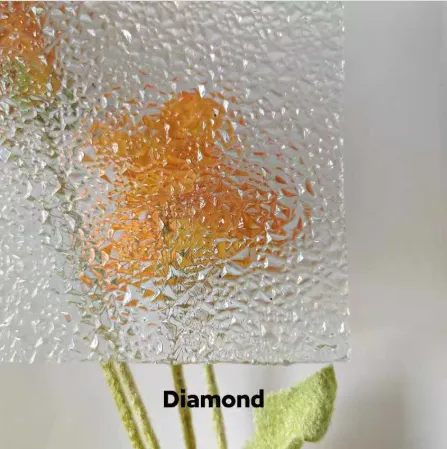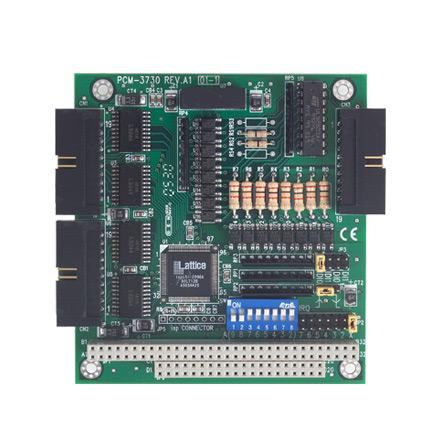Float glass, also known as flat glass, is a fundamental material found in numerous applications across various industries. It's produced by floating molten glass on a bed of molten tin, resulting in a uniform thickness and superior surface flatness. This article delves into the different types of float glass and their unique characteristics, enabling businesses to make informed decisions based on real-world experience and expert insights.

Clear Float Glass is the most common type, appreciated for its high light transmission and optical clarity. It is widely used in windows, doors, and interiors as it provides a pristine view while allowing an abundance of natural light to flow through. Architectural experts often recommend clear float glass for projects where transparency and light facilitation are paramount. It's worth noting that this type can be further processed or coated to achieve specific requirements, such as adding tint, enhancing safety, or improving energy efficiency.
Tinted Float Glass offers a distinctive advantage by reducing glare and heat gain within buildings, making it a popular choice in regions with high sunlight exposure. The tint not only adds aesthetic appeal but also contributes to a more energy-efficient environment by minimizing the need for artificial cooling. Architects and construction specialists have observed its effectiveness in managing solar heat, which helps in reducing air conditioning costs significantly, making it a preferred option for commercial buildings and facades.

Laminated Float Glass is another essential variant designed to enhance safety and security. Created by bonding two or more layers of glass with an interlayer, usually polyvinyl butyral (PVB), it remains intact even when shattered. This characteristic is critical for reducing injury risks and also provides sound insulation and ultraviolet light filtering. Security experts and safety consultants advocate for its use in areas prone to break-ins, hurricanes, or high-impact incidents, highlighting its reliable performance in maintaining structural integrity under stress.
float glass types
Tempered Float Glass is renowned for its strength and thermal resistance. The manufacturing process involves heating the glass to high temperatures and then rapidly cooling it, making it four to five times stronger than regular float glass. It fractures into small, blunt pieces when broken, reducing the likelihood of injury. This makes it indispensable in construction where human safety is a top priority, such as in shower doors, glass doors, and storefronts. Builders and safety engineers favor tempered float glass for its durability and compliant safety features, aligning with industry regulations.
Reflective Float Glass is processed with a metallic coating to reduce solar radiation ingress, ensuring energy efficiency by reflecting sunlight and heat. It's particularly beneficial in climates with intense sunlight, contributing to cooler interiors and reduced energy expenses. This type of glass is often employed in skyscraper exteriors and modern building designs, where environmental sustainability and occupant comfort are crucial.
Finally, Low-E (Low Emissivity) Float Glass is coated with a thin layer of metal oxide to minimize the amount of infrared and ultraviolet light passing through without compromising on visible light. This advanced technology ensures better insulation, maintaining comfortable indoor temperatures while also protecting furnishings from UV damage. Homeowners and construction experts alike endorse low-E glass for residential projects focused on energy savings and environmental impact reduction.
In conclusion, the selection of float glass type depends on specific project requirements, environmental conditions, and design aesthetics. Each type offers unique benefits and expert insights confirm their effective application, ensuring that businesses can rely on authoritative experience and advanced technology to deliver optimal results. When making choices regarding float glass, considering the distinct advantages of each type can significantly enhance the functionality, safety, and sustainability of the architectural projects involved.



